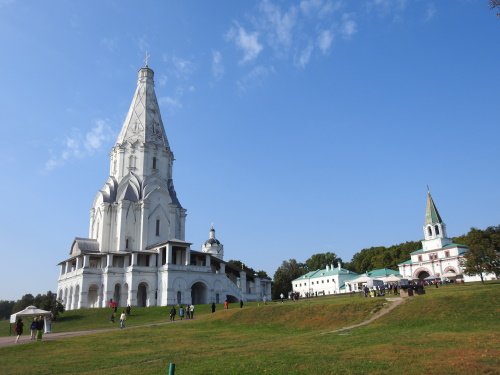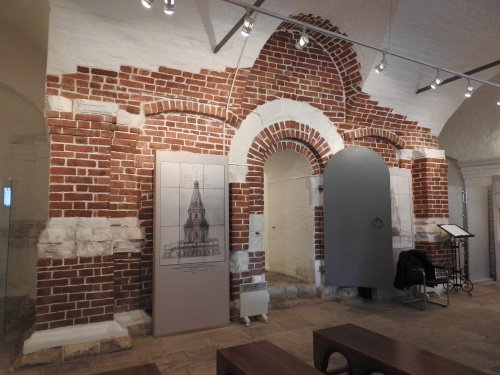First published: Mon 09 Sep 2019.
Els Slots
WHS #718: Church of the Ascension
Comments
2 comments
Solivagant
6 years, 3 months ago (Sep 9, 2019)
@Els "I noticed that the ICOMOS evaluation text suggests that originally the whole Kolemenskoye Estate was nominated 2 years earlier. It then was revised into this narrow scope for inclusion in 1994. Besides this hint in the AB evaluation I have not been able to find further evidence whether this indeed was the case."
Indeed it was. The July 1992 Bureau in Paris reported that "it deferred examination of this nomination to allow the competent Russian authorities to reformulate the proposal so as to include only the Ascension Church. Furthermore the Bureau requested that the new nomination comprises detailed documentation concerning the authenticity of the property".
Presumably this was done on the basis of the ICOMOS evaluation, but we have no detail as to why ICOMOS was against including the entire Estate.
The original Nomination was Ref 634 and was titled "Architectural, archaeological and natural ensemble of Kolomenskoye". The revised nomination in 1994 was given Ref 634rev and was titled simply "The Church of the Ascension, Kolomenskoye. The original title might imply that the site was originally nominated to include Natural values - but there is no evidence that this was the case since it appears solely in the "Cultural nomination" list.
At that same Bureau, however, the Solovetskiy Islands WERE nominated as a "Mixed" site titled "Cultural and natural historic ensemble of the Solovetskiy Islands" , This shared nomenclature to include the word "Natural" seems strange when one use was, apparently, NOT as a mixed site and the other WAS! In fact the Solovetskiy Islands were REferred simply with the request for the "competent Russian authorities to reconsider the title of this property which could be modified as follows " Cultural and historic ensemble of Solovetskiy" In fact the word "Islands" was retained. Despite the documents labelling it as a "mixed" nomination it doesn't appear that it was ever evaluated as such since ICOMOS stated " It is of the opinion that the word "natural" should
be removed from the title, since the historical and cultural importance of Solovetskii far outweighs its natural interest. It recommends that IUCN be requested to consider this aspect of the site." - it never did!! In fact it was sorted out in time for the WHC in Dec 2012 so a formal "Referral" never took place.
However our "history" for 3 Russian nominations that year are incomplete
a. Kolomenskoye was DEFerred" from 1992 to 1994
b. Solovetskiy was nominated in 1992 as a mixed site and was recommended for a REferral but a name change got it inscribed in 1992
c. Vladimir and Suzdal were nominated in 1992 separately as "Monuments of Vladimir" and "Monuments of Vladimir" with separate Ref Nos. A DEferral was recommended at the Bureau to bring them together but this too was sorted out by the time of the 1992 WHC!!
Reply



